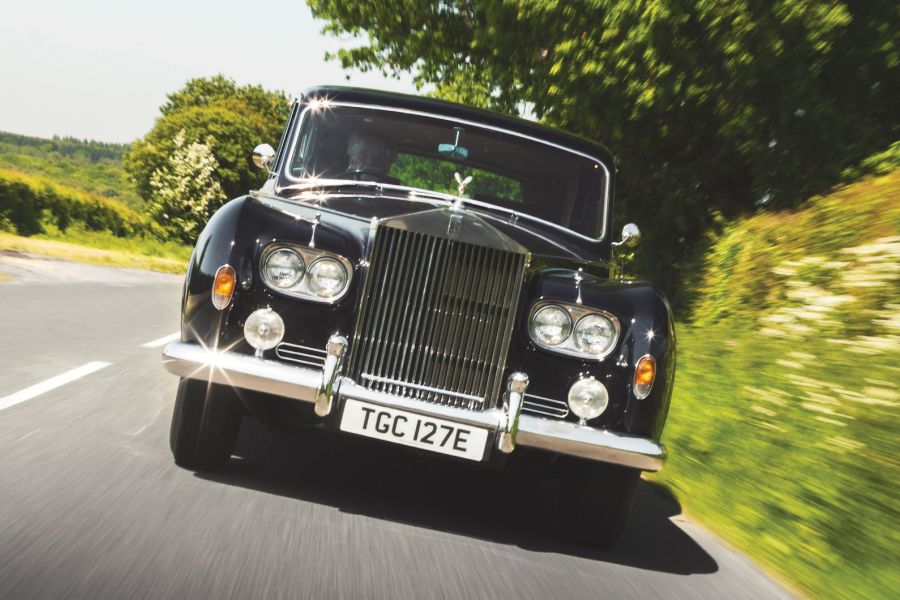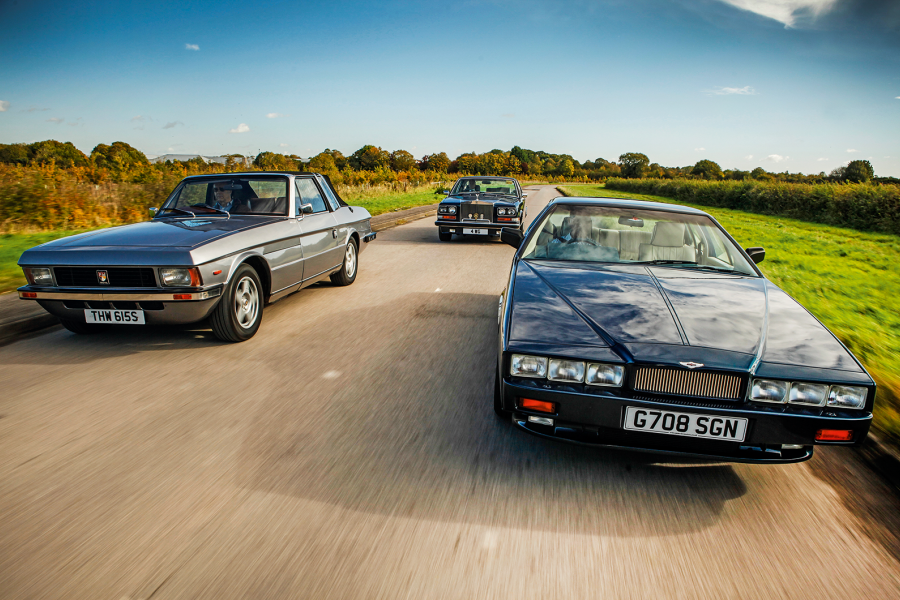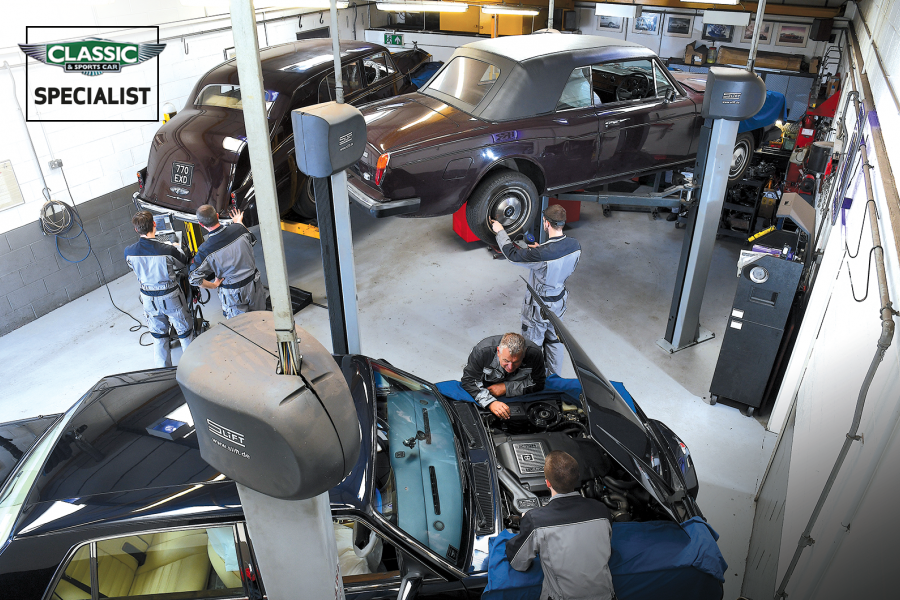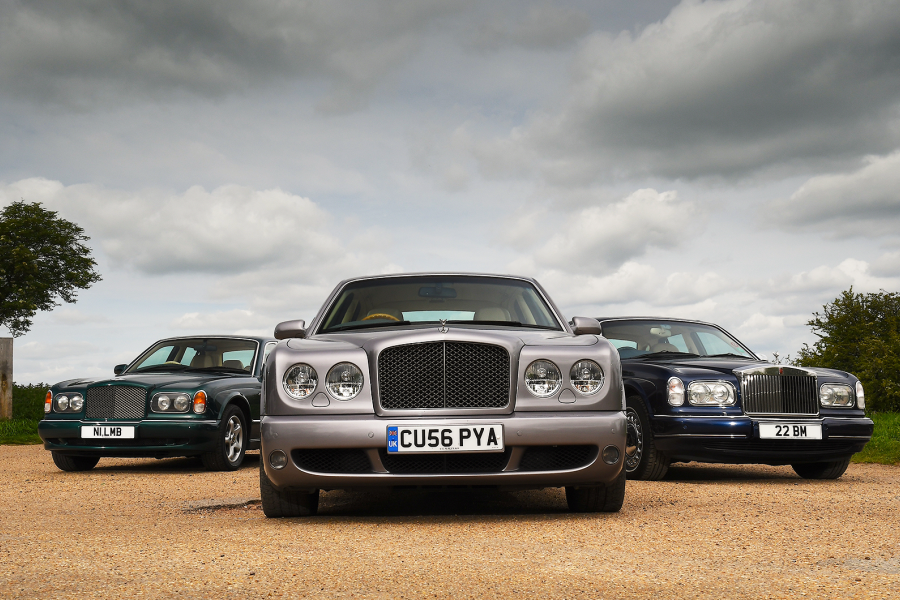
Classic & Sports Car has chosen two landmark examples of Rolls-Royce engineering to illustrate the ‘Family ties’ theme at the Lancaster Insurance Classic Motor Show from 10-12 November.
Pride of place goes to a spectacular 1933 Phantom II – one of just 281 short-wheelbase Continentals produced between 1929 and ’35 – with exquisite coachwork by Freestone and Webb. The fixed-head coupé on display was constructed to the bespoke requirements of Lancashire cotton magnate Sir John Leigh, who had a passion for expensive motor cars. He owned no fewer than 22 Rolls-Royces over the years, including – at one time – four Phantom II Continentals that were garaged between his four homes.

Leigh’s coachbuilder of choice was Freestone and Webb, based in Stonebridge Park, north-west London. His specification details noted ‘for use in the UK and Continent, mainly for fast touring’. Leigh requested the glorious two-tone colour scheme, which was reinstated by the current owner – also a long-time Royce aficionado – who paid $2.4million for the Continental in 2013, a record for a Phantom II.

This magnificent Rolls-Royce is featured exclusively in the December issue of C&SC. ‘Driving a Phantom II is a marvellous treat,’ enthuses International Editor Mick Walsh. ‘The 7.6-litre overhead-valve straight-six powers this two-ton beauty with ease. It’s a glorious event as it purrs along wooded Cotswolds roads at 70mph in top.’






